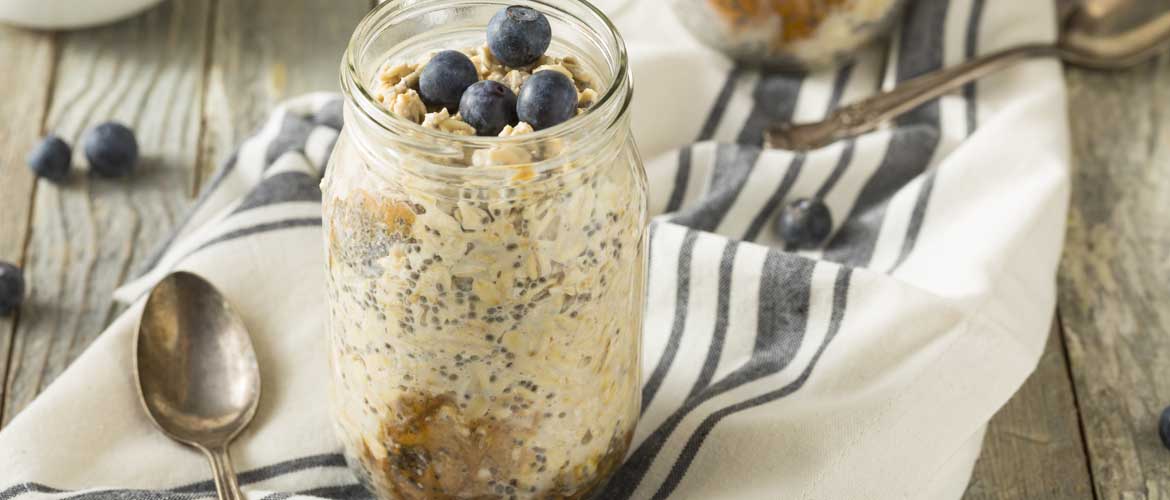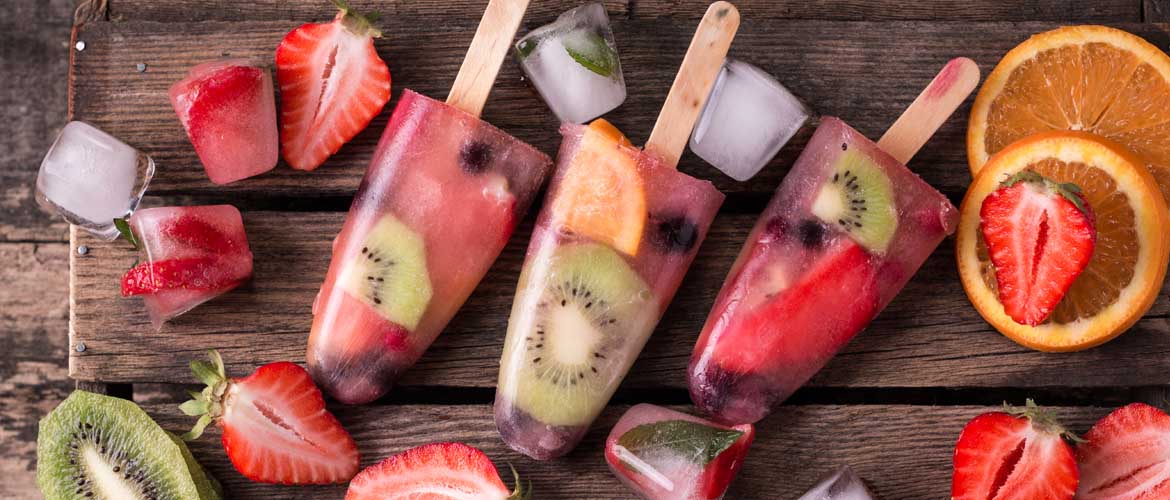According to the CDC, daily fluid intake is defined as the amount of water consumed from foods, plain drinking water, and other beverages.1 Similar to other health guidelines, how much hydration you need depends on a number of different factors. Age, gender, weight, climate you are in, activity levels, and overall health all influence your individual needs.
Whether you’re pedaling uphill in a spin class or going for a trail run, any activity that makes you break a sweat means you need to bump up the water intake. Why? Sweat is made almost completely of water, and it’s important to replace any of the fluids you are losing during your workout.
Similarly, the environment you are in plays an important part in your hydration needs.
Hot or humid weather can make you sweat more than usual, and requires additional hydration to make up for lost fluids.
Heading to the mountains? You’ll want to keep an eye on your hydration there, too. Two things happen at high altitudes: lower humidity and lower oxygen levels. At higher altitudes, humidity is lower than at sea level, causing sweat to evaporate quicker and your body to work harder to breathe because of the lower oxygen levels. When oxygen levels are lower, your body reacts by breathing in and out faster and more deeply, causing you to lose water through respiration.
Your overall health plays a role, as well. If you’re not feeling well and have a fever, are vomiting or have diarrhea, your body is losing fluids faster than normal. Same goes if you are pregnant or breast-feeding. Think about it, you’re providing hydration not only for you, but for your baby, as well. However, it’s important to discuss your hydration needs with your doctor as certain health conditions may require specialized fluid monitoring.
All other factors aside, men should aim for about 125 ounces of fluid per day and women should shoot for about 90 ounces. That sounds like a lot, right? Pause the panic. According to The National Academies of Sciences, Engineering, and Medicine, roughly 80 percent of our water intake comes from fluids, while the other 20 percent comes from the foods we eat.2 And don’t forget to talk to your doctor before making any dietary changes that can impact individual health conditions or medications you may be taking.
If drinking water isn’t your jam, here are 7 ways you can stay hydrated.
Hydration Helpers
1. Start your day with oatmeal. This one is a classic. Not only is it hearty and filling, oatmeal is also very hydrating. When oats are cooking, they expand and absorb the water or milk they’re being paired with. Not into warm breakfasts when it’s hot out? Try overnight oats. Served cold, overnight oats pack all the benefits of hot oatmeal with no heat. As an added boost, sprinkle chia seeds in your overnight oats when preparing, which soak up 10 times their weight in extra liquid and keep you full all morning.
2. Include more moo. According to a study by McMaster University, milk is more hydrating than water or sports drinks due to its source of protein, carbohydrates, calcium, and electrolytes.3 Bring it on!
3. Try carb alternatives. When it comes to meal planning, ditch dry, carb heavy staples like pasta. Opt for zucchini noodles, or zoodles for short, which can contain about 95 percent water. When paired with a tomato sauce, which usually has about 90 percent water, this meal can pack a hydrating and healthy punch.
4. Sip smoothies. Between the yogurt and all the fresh fruit, smoothies are a great, and tasty, way to stay hydrated. Not sure what fruits and vegetables to pick? Strawberries, peaches, cucumbers, spinach, and blueberries are all excellent options.
5. Pack your plate with vegetables. Much like smoothies, salads are a great way to give you a hydrating boost. Most lettuce greens contain at least 94 percent water, and that’s before you add any other vegetables. Next time you whip up a salad, include celery, tomatoes, bell peppers, and carrots.
6. Slurp soup. When the craving strikes for a filling and hydrating meal, look no further than broth-based soups or gazpacho. Served cold, gazpacho won’t make you break a sweat come summer. Blend cucumbers, bell peppers, tomatoes, onions, and garlic cloves for this satisfying soup.
7. Freeze your fruit. Feeling nostalgic about the popsicles you used to enjoy as a child? Bring back this classic treat as a delicious way to rehydrate. Blend a hydrating ingredient like watermelon and fill Popsicle molds and freeze for 1 hour.
With these 7 ways, you’ll be well on your way to happy hydrating!




